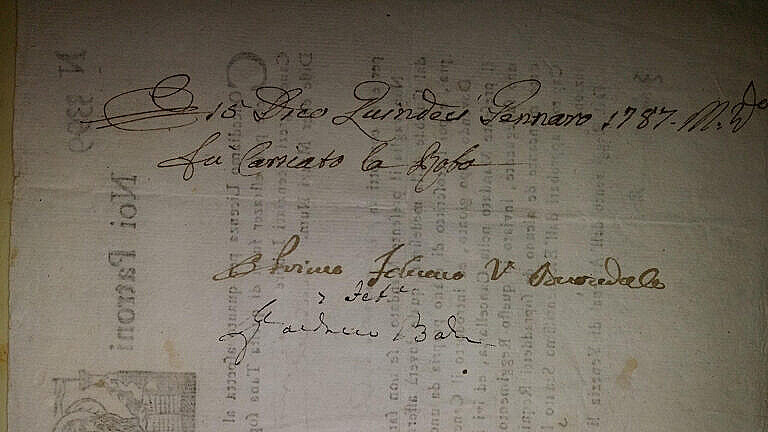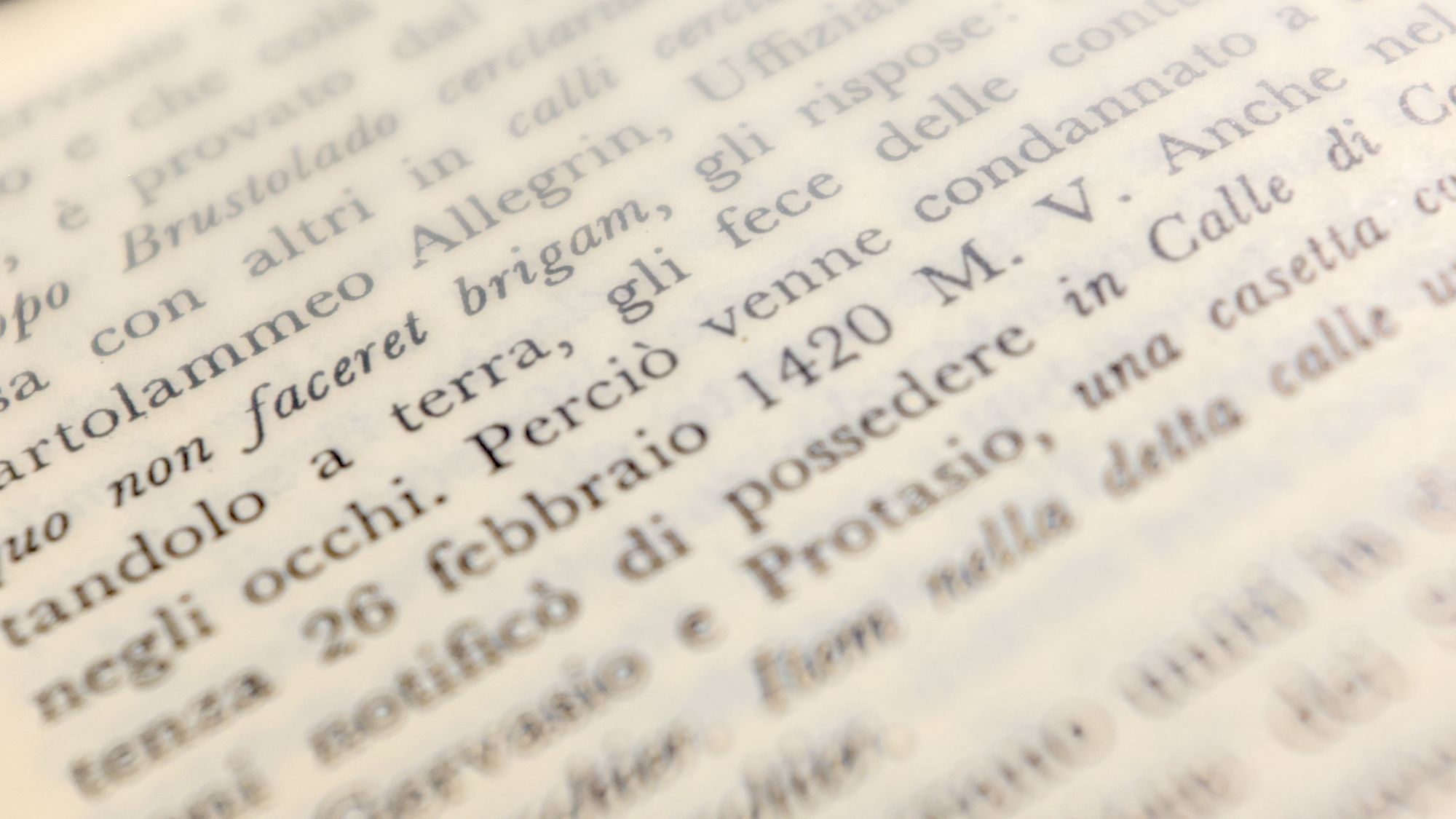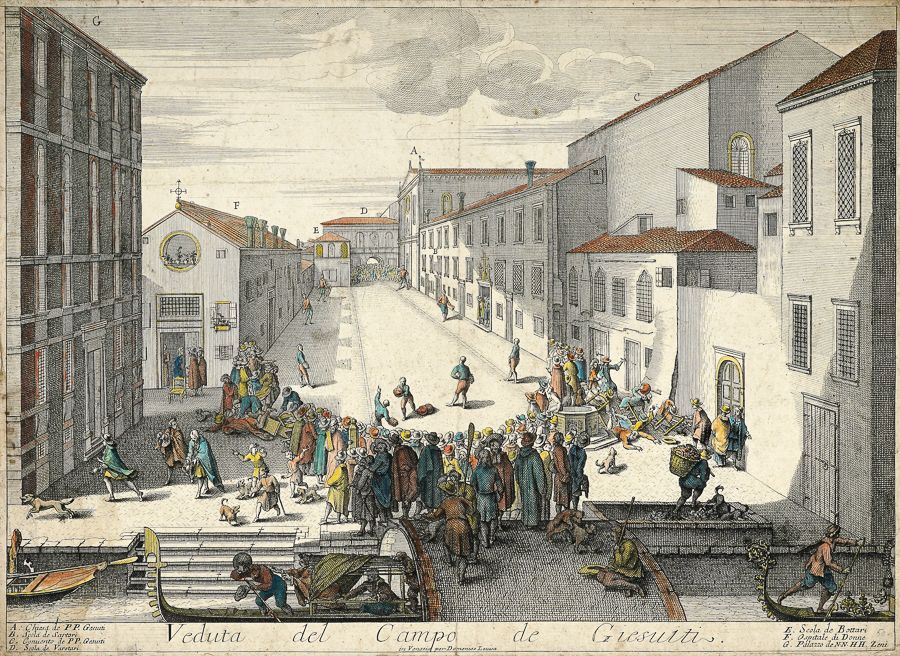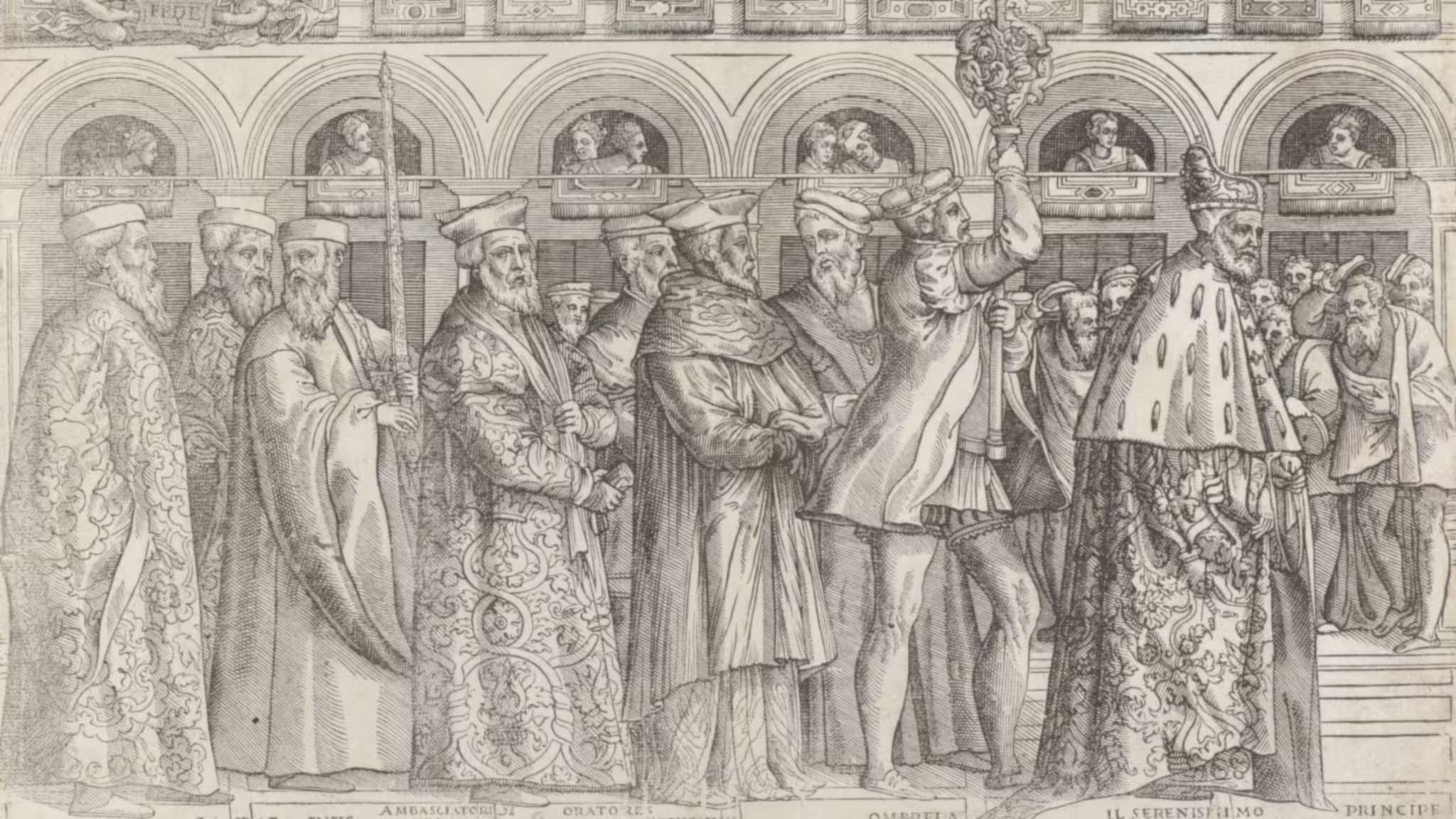More Veneto in Latin means ‘in the Venetian tradition’. It refers to the particular calendar that the Venetian State used throughout its millennial history.
In short, the Venetians celebrated New Year on March 1st.
This therefore created a discrepancy with respect to the calendar used elsewhere. The rest of Europe initially used the Julian calendar. Starting in the late 1500 most shifted to the more precise Gregorian calendar. Both the Christian Julian and the Gregorian calendars have New Year on January 1st.
A date in January or February would belong to different years in Venice and elsewhere. For example, January 26th, 1421, in the Julian calendar, would be January 26th, 1420, more veneto. Often more veneto would be abbreviated to M.V. or m.v.
The Roman origins
The roots of the Venetian state goes back to Roman times, and so does the calendar.
The earlier Roman Calendar, before the reforms of Caesar, didn’t have a concept of New Year like we have. One point of turnover was at winter solstice, with the Saturnalia, when the days become longer again. Another turnover was around spring equinox, in March with the end of winter and the start of the growth season.
The latter was the most important, which is hardly surprising in an agricultural society.
Many of the months still have numbered names. September (septem – seven), October (octo – eight), November (novem – nine) and December (decem – ten) all follow this pattern. July and August were originally the fifth and sixth months, by name too. The Roman Senate first renamed one in honour of Julius Caesar, and later the other for Augustus.
The numbers all line up with March as the first month of the year.
Before the introduction of the Julian calendar in BCE 46 the Pontifex Maximus would occasionally insert a intercalary month. This would always fall before March, which was at the end of the year. With the Julian reform, the leap day fell in February, which was still the last month of the year.
The important signs that March was the start of the year are not without contradiction. The name for January comes from Janus Bifrons, a Roman god with two faces. He’s looking backwards and forwards at the same time. Janus was a god for changes and transitions, so the name January indicates that months as the first.
The contradiction is not irreconcilable, however. In terms of light/dark January can be the first, while in terms of growth and fertility March can be the first.
We too have academic years and fiscal years, neither of which necessarily coincide with the calendar year.
The Venetian choice
The Venetian state used March as the first month of the year, in line with ancient Roman traditions.

All the rest of Christian western Europe chose January.
The Roman church was the main reason for choosing January as the first month of the year.
The Roman church decided that the birth of Christ coincided with the winter solstice. Then the choice of December 25th or January 1st as the start of the year was almost a given. The birth of the Saviour marked the start of a new epoch. Naturally that became the starting point for time
Most other early European states evolved out of the many migrations into the area of the Roman Empire. In the west, the only entity that could provide these new states a link to the legitimacy of the past was the Roman Church.
The Roman church was the only institution to survive those tumultuous centuries, and hence the only one that could provide some continuity.
It is not a coincidence that the Roman church picked up many of the vestiges of the Roman Empire. For example, senators (cardinals) dressed in purple meeting in a Curia. Symbolically the church claimed the guardianship of the legitimacy of the power of the Roman Empire, and that it was up to the church to bestow (or not) that legitimacy on secular rulers.
The governance of time came as part of the overall package. The calendar and important dates in it have always been in the realm of religion.
Venice was different.
The lineage of the Venetian state was directly from the Roman Empire passing through Byzantium. The Venetian state was a continuation of Roman and Byzantine provincial administration, de facto turned sovereign. There was no major discontinuity in tradition, and Venice didn’t need the Roman church for its legitimacy.
While this doesn’t mean the Venetians had to make a different choice for the start of year, it did give them the possibility.
State vs. civil society
The Venetian state continued to regard March 1st as the start of a new year until the end of the Republic. For the state and for the bureaucracy, January and February were at the end of the year.
The Venetian state continued more veneto, but not common people.
Venice was for a an important economic centre in the Mediterranean and Western European for a long time. It remained a cultural and diplomatic centre even longer.
Having two months of the year sitting in another year than everybody else was a hassle. It could, however, be remedied easily by simply doing like everybody else did. Which was what most Venetian then did.
The actual celebration of the new year remained on March 1st, even if the number of the year turned over on January 1st.
To avoid misunderstandings every added more veneto, or the abbreviations M.V. or m.v. to any date in January or February if written in the official style.





Leave a Reply